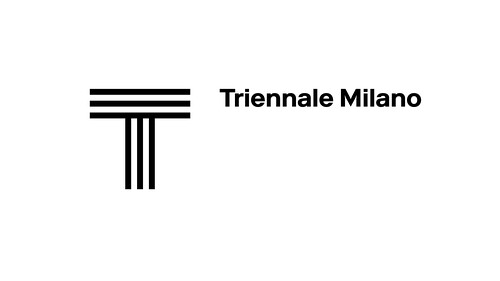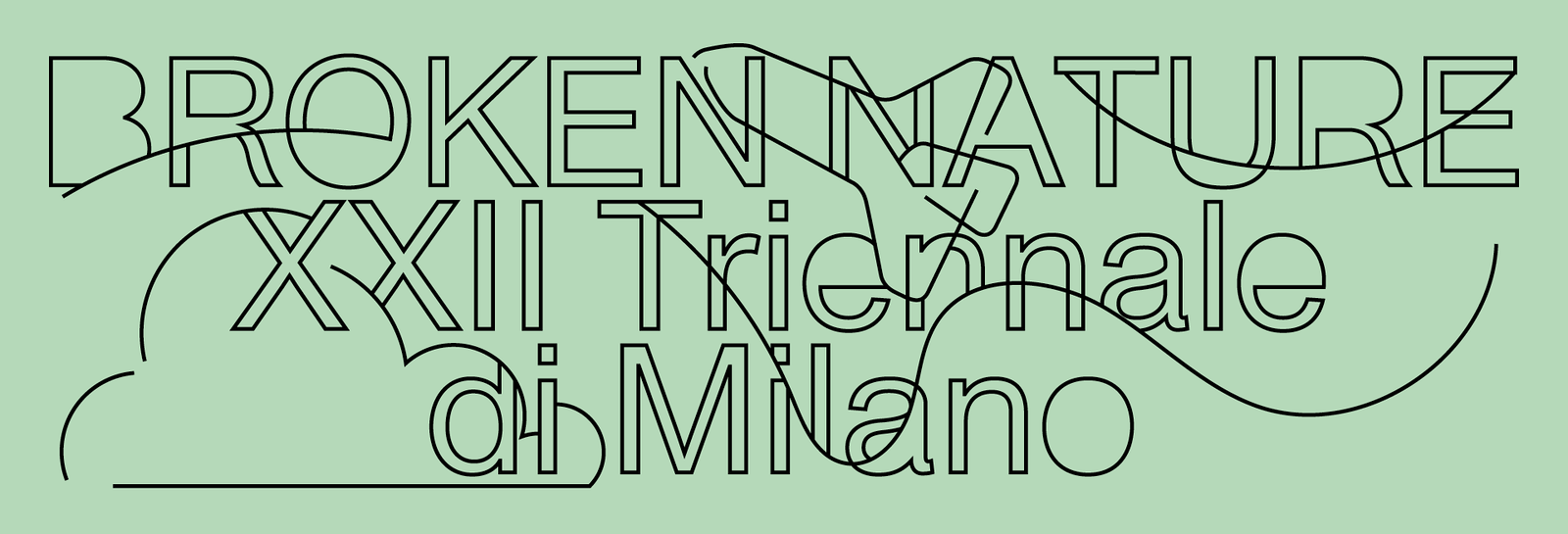XXII Triennale di Milano
March 1–September 1, 2019
Viale Alemagna, 6
20121 Milan
Italy
The XXII Triennale di Milano, Broken Nature: Design Takes on Human Survival opens on March 1 and runs until September 1, 2019. Curated by Paola Antonelli, Senior Curator of Architecture & Design, Director of Research & Development at The Museum of Modern Art in New York, Broken Nature is an in-depth exploration of the strands that connect humans to the natural environment that have been intensely compromised, if not entirely severed, over the years.
By casting a wide net on architecture and design projects, the exhibition underlines the concept of restorative design, highlighting objects and concepts at all scales that reconsider human beings’ relationship with their environments—including both natural and social ecosystems.
“The XXII Triennale di Milano,” says Stefano Boeri, President of La Triennale di Milano, “poses an extremely urgent question: how can we give back to the natural world all that has been taken from it over the centuries and, in particular, in recent decades? This edition of the International Exhibition reiterates Triennale’s firm intention to revive the tradition of this event, tackling some of the great issues facing our contemporary world. The aim is to open up to the international community of design and architecture, as well as to all those who will come to visit the show over the coming months.”
The XXII Triennale di Milano consists of a thematic exhibition, the contributions of 22 international participants, invited through official government channels under the auspices of the Bureau International des Expositions, an installation called The Great Animal Orchestra, created by Bernie Krause and United Visual Artists on the initiative of the Fondation Cartier pour l’art contemporain, and a special exhibition entitled The Nation of Plants, curated by Stefano Mancuso.
“Broken Nature invites a deeper understanding of the complex and interconnected, multispecies systems we inhabit,” says Paola Antonelli. “It facilitates a perception of long time, beyond the lifespan of a few generations; and it offers visitors a clear idea of practical steps that can be taken toward a restorative attitude. The XXII Triennale di Milano celebrates the revolutionary power of imagination and ingenuity.”
The thematic exhibition consists of four works specially commissioned from international designers. The commissioned works have been entrusted to Formafantasma (Andrea Trimarchi and Simone Farresin); to Neri Oxman and her research group, the Mediated Matter Group of MIT Media Lab; to Sigil (Khaled Malas, Salim Al-Kadi, Alfred Tarazi, and Jana Traboulsi), a collective based in Beirut and New York; and to Accurat, a data-driven research, design, and innovation studio based in Milan and New York (project led by Giorgia Lupi and Gabriele Rossi.) These commissions highlight design approaches aimed not only at correcting humanity’s self-destructive course, but also at replenishing our relationship with the environment and with all species—including other human beings. Some are even continuations of a body of work previously started and are meant to encourage the designers to consider their practice as long-term research.
In addition to the commissioned works, the thematic exhibition comprises a selection of circa 100 projects from the last three decades, examples of restorative design, architecture, and art from all over the world. Among them, Broken Nature includes new installations and objects—like Paola Bay and Armando Bruno’s Reliquaries, Dominique Chen’s Nuka-doko, and Google Brain’s Whale Song—and milestones such as Pettie Petzer and Johan Jonker’s Hippo Roller, Elemental’s Quinta Monroy housing, Martino Gamper’s 100 Chairs in 100 Days, and Zach Lieberman et al.’s Eyewriter, a low-cost, open source eye-tracking system. These projects, which have played an essential role in the history and advancement of design, have had, in some cases, a memorable impact on society and in the way humans related to the world around them. By placing these different projects in the same space and within the same conversation, the exhibition aims to unearth design’s potential to mediate societal and behavioral changes.
The thematic exhibition features The Great Animal Orchestra, an installation commissioned by the Fondation Cartier pour l’art contemporain in Paris and created by the musician and bio-acoustics expert Bernie Krause and by the English studio United Visual Artists (UVA) on the occasion of the exhibition of the same name in 2016. The Great Animal Orchestra immerses visitors into the sounds of nature, offering a visual and acoustic reflection on the need to preserve the beauty of the animal kingdom.
The thematic exhibition is accompanied by 22 international participations, promoted by institutions and universities of international excellence, as well as by governmental entities. International participants offer a highly diverse range of themes, perspectives, contexts, and origins, illustrating the complexity and diversity of cultural traditions. Moreover, with an exhibition entitled Milano 2030, a pavilion for the city of Milan is inaugurating the new Urban Center headquartered at the Palazzo dell’Arte.
Broken Nature, the XXII Triennale di Milano includes the special exhibition, The Nation of Plants, curated by the plant neurobiologist Stefano Mancuso, and exploring new ways to look at plants not only in terms of resources, but also for their potential to teach humans to avoid future catastrophes. Plants have existed on the planet for far longer than humans. They adapt better and will most probably outlive us. The Nation of Plants unfolds in the form of an immersive and educational multimedia experience. The artistic supervision of the exhibition is by Marco Balich, creative director of Olympic ceremonies and major international shows.
La Triennale di Milano is also pleased to announce, as part of Broken Nature: Design Takes on Human Survival, the inaugural Bee Awards, which were granted by an international jury. Three projects among the international participations to the XXII Triennale were selected on the basis of the poignancy of their interpretation of the theme, and the quality and relevance of the ideas they put forward. The three trophies—Golden, Black, and Wax Bee—have been realized by three Italian artists—Chiara Vigo, Olí Bonzanigo, and Bona Calvi. The recipients of the Bee Awards are: Australia (Golden Bee), Austria (Black Bee), and Russia (Wax Bee).
Conceived by the curatorial team (Ala Tannir, Laura Maeran, Erica Petrillo, and Laurie Mandin) as an exhibition that extends well beyond the walls of Palazzo dell’Arte, Broken Nature also consists of:
–an online platform for dynamic public discourse, which was launched one year prior to the opening and will continue throughout the course of the exhibition, and which highlights the curatorial process and broadcasts it to an expanded audience
–an extensive calendar of public programming and symposia
–a catalog, published in two languages by Triennale in partnership with Electa, with contributions by scientists, scholars, designers, and critics, as well as a section devoted to the international participations.

